Magnesium for Sleep, Stress, and Cortisol: Why Topical Magnesium Beats Oral Every Time
Magnesium is one of the most crucial minerals in the human body—but nearly half of us are deficient. This deficiency quietly fuels poor sleep, anxiety, fatigue, and cortisol dysregulation. Yet most magnesium supplements barely move the needle. Why? Because they don’t absorb.
At Grazly, we took a different approach: real magnesium from Dead Sea salt, delivered through the skin, blended into regenerative beef tallow for deep tissue repair. In this post, we’ll break down:
- How magnesium affects your nervous system, sleep, and stress hormones
- The truth about oral magnesium forms (glycinate, citrate, oxide, malate, etc.)
- Why transdermal magnesium outperforms oral forms—scientifically
- The difference between synthetic vs. natural magnesium
- Why our Magnesium Tallow Balm is built for results
Why Your Body Needs Magnesium to Relax
Magnesium is required for over 300 enzymatic reactions in the body, but when it comes to the nervous system, it’s doing three critical things:
- Blocking excitatory NMDA receptors to reduce overstimulation
- Boosting GABA, your brain’s main calming neurotransmitter
- Inhibiting the HPA axis, helping reduce cortisol production
Low magnesium = elevated cortisol, poor sleep quality, and a nervous system stuck in “fight or flight.”
"I used to wake up wired at 3am. After using this balm on my hands, I sleep through the night. No grogginess." — Kyle B., Verified Buyer
Oral Magnesium: Forms, Absorption Rates, and Limitations
Most magnesium supplements on the market don’t absorb well—and many cause digestive distress before they ever get to your cells. Let’s break down the forms:
| Form | Bioavailability | Primary Benefits | Drawbacks |
|---|---|---|---|
| Glycinate | High | Calming, anti-anxiety, great for sleep | More expensive, slower saturation |
| Malate | Moderate to High | Energy, fatigue reduction, chronic pain | Not calming; may be too stimulating at night. Laxative effects as well |
| Citrate | Moderate | Digestion, constipation relief | Laxative effect limits dosing |
| Oxide | <4% | Used in cheap supplements | Barely absorbed (Schuette et al., 1994) |
Bottom line: Even the best oral forms require daily compliance, gut tolerance, and high enough dosing—none of which are guaranteed. And they take longer to saturate magnesium levels in tissues where stress hits hardest (nerves, muscles, adrenal glands).
Supplement Verification: The other huge, looming issue with oral forms of magnesium is a total lack of supplement regulation by the FDA. At the minimum, dosing will be off, and in the worst case scenario, the supplement will contain other compounds entirely that are not listed on the label.
Why Transdermal Magnesium Is More Effective—Especially for Sleep & Cortisol
Transdermal (topical) magnesium bypasses the digestive system completely and enters the bloodstream via skin permeability, sweat glands, and hair follicles. Here's why that's a big deal:
- No GI side effects — no cramping, diarrhea, or laxative effect
- More efficient cellular uptake in the skin, muscles, and nervous system
- Immediate bioavailability—starts working within 30–60 minutes
Clinical support is growing:
- Wang et al. (2015): Transdermal magnesium raised blood serum levels in 12 hours (PubMed)
- Vickers et al. (2022): Topical magnesium improved sleep quality and sleep latency in elderly populations
- Dead Sea bath studies: Measurable cortisol reductions and inflammation improvements post-immersion (Proksch et al., 2005)
Scientifically speaking: if your goal is nervous system restoration, relaxation, and cortisol regulation—not constipation relief—transdermal magnesium is superior.
“Every other form gave me gut issues. This balm relaxes my whole body in 15 minutes flat.” — Morgan S., Verified Buyer
Natural vs. Synthetic Magnesium: What You're Actually Absorbing
Most sprays and oils use magnesium chloride USP—a synthetic compound made in labs, often contaminated with heavy metals or solvents. It’s cheap, isolated, and stripped of cofactors like potassium and calcium.
Our balm uses real Dead Sea salt flakes—full-spectrum, 100% natural magnesium from one of the richest mineral sources on earth. Studies show:
- Lower irritation risk on skin vs. synthetic magnesium chloride
- Improved transdermal absorption due to co-minerals (Zhou et al., 2022)
- Reduced inflammation and improved barrier function
Better source = better results.
Why We Combine Magnesium with Beef Tallow
Magnesium on its own is hydrophilic (water-loving), but the skin is lipophilic (fat-loving). That’s why we pair it with whipped grass-fed beef tallow—a fat the skin can absorb, which pulls magnesium deeper into the tissue while moisturizing and healing.
- Whipped balm texture melts into skin instantly
- Non-comedogenic and zero synthetic stabilizers
- Optional essential oils (like organic vanilla planifolia) for added calm
How to Use It
- Apply a dime sized amount to any dry skin on the face, body, or hands 30–60 mins before bed
- Use nightly for 2–3 weeks to saturate tissue levels
- Can also be used during the day for anxiety or nervous system overload
Final Verdict: Why Topical Magnesium Wins
If you're looking for true nervous system recovery—not just a laxative effect—topical magnesium from a natural source is the clear winner.
Grazly’s Magnesium Tallow Balm uses nature’s best source—Dead Sea magnesium flakes—and delivers it in the most absorbable format: through your skin, with regenerative animal fat.




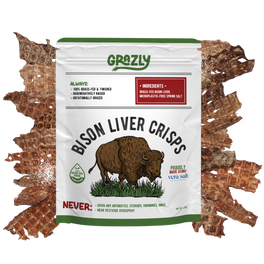
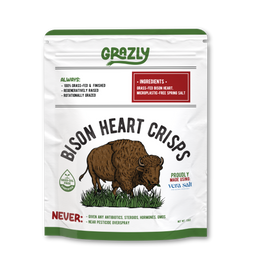
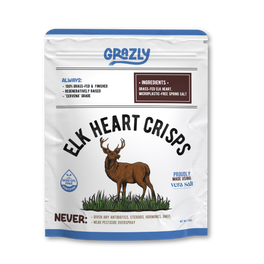
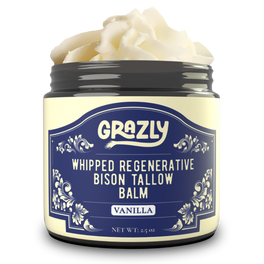
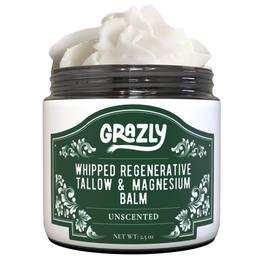

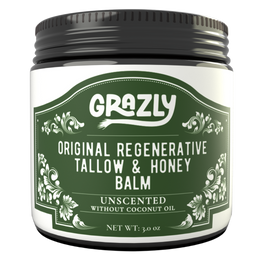



Leave a comment
This site is protected by hCaptcha and the hCaptcha Privacy Policy and Terms of Service apply.